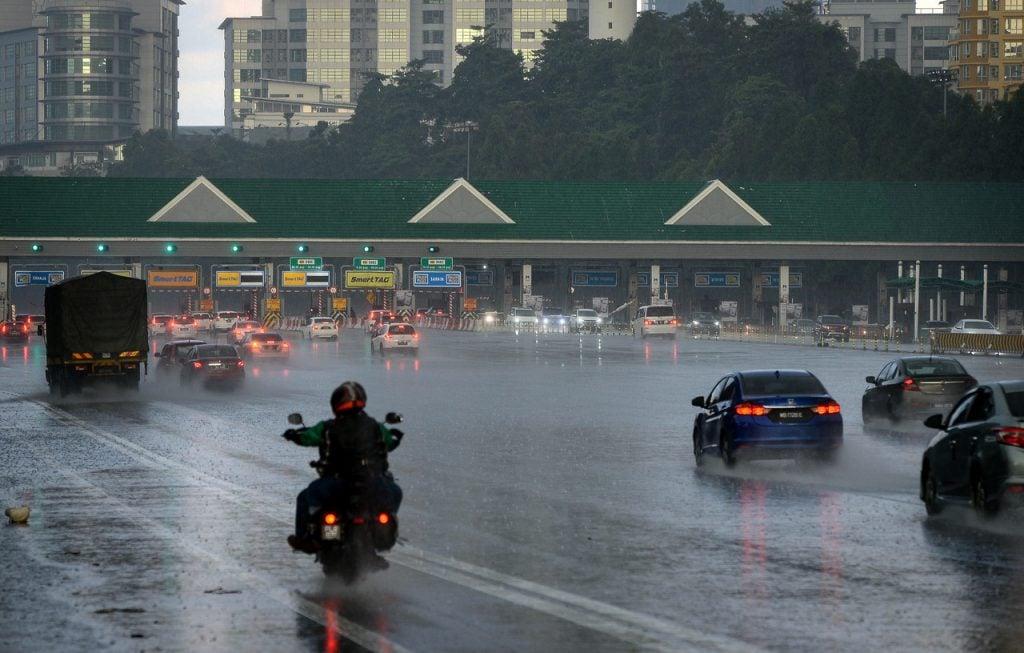Govt looking to phase out Touch ‘n Go, SmartTAG by end-2023
The works ministry is targeting 60% RFID usage by end-2022.
Just In
The works ministry is targeting 60% usage of Radio Frequency Identification (RFID) technology for toll payments by the end of 2022, the Dewan Negara was told today.
Deputy Works Minister Arthur Joseph Kurup said the use of Touch ‘n Go and SmartTAG cards may be stopped by the end of 2023.
“We understand the concerns voiced by highway users and would like to clarify that for now, Touch‘ n Go and SmartTAG card lanes remain operational on all highways and they will only be phased out, taking into account RFID usage rates and RFID lane availability,” he said during the question-and-answer session.
He was replying to a supplementary question from Aknan Ehtook on the ministry’s plans on the use of RFID technology.
Arthur added that the cost of RFID is much lower than Touch ‘n Go and SmartTAG, and that it does not require maintenance costs such as replacing the battery as needed for SmartTAG and is easy to top up online.
“At the RFID lane, we can clear 1,000 vehicles per hour, but Touch‘ n Go only 550 vehicles per hour, meaning this technology (RFID) can indeed help reduce congestion at toll plazas.
“The government will now give a discount of RM10 if we buy (the) RFID (device) through electronic wallets (e-wallets), At the same time we are still studying some methods to provide additional incentives such as new car buyers having RFID already installed,” he said.
Arthur said this in response to another supplementary question from Seruandi Saad’ who wanted to know whether the government intends to provide free installation or subsidies to consumers who switch from Touch ‘n Go and SmartTAG to RFID to reduce their cost burden.
Subscribe to our newsletter
To be updated with all the latest news and analyses daily.
